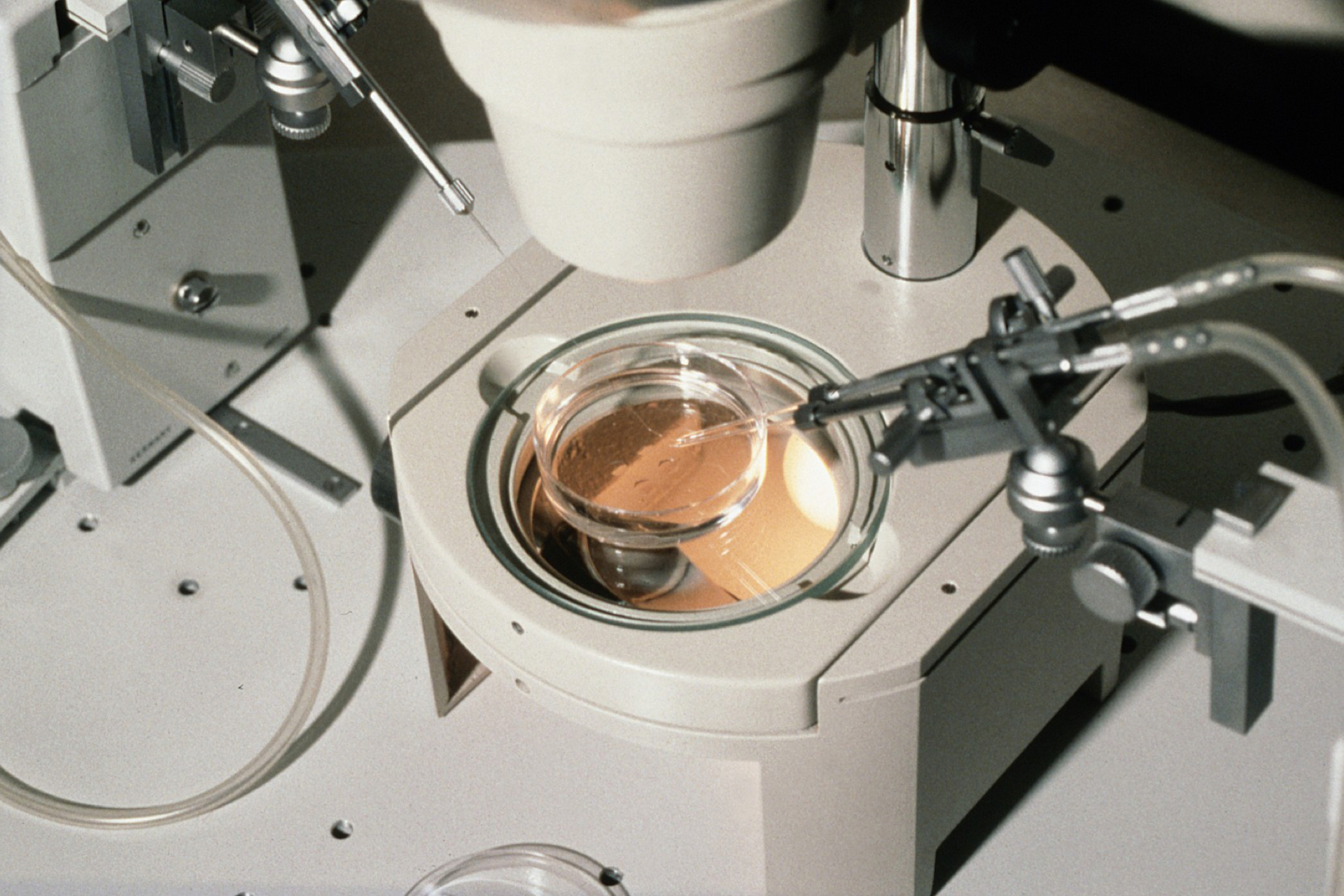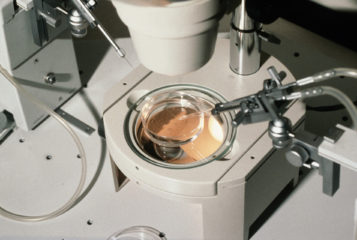How easy is to tell a 25-year-old that she has no eggs and that she may never have a family using her own oocytes?
We estimate that one in 100 women under the age of 40 experience primary ovarian insufficiency, many of whom are affected by subsequent infertility, which can only be treated using donated eggs. The availability of freshly donated eggs is limited, however, but egg freezing has opened new horizons for couples who feel that donation is the only ticket to a family.
Since the procedure is no longer experimental (1, see BioNews 681), fertility services worldwide are offering it for medical indications like fertility cryopreservation for females with cancer, egg donation and also for social reasons, aiming at delaying age-related fertility decline.
The latest IFFS Surveillance Report has identified 42 countries that permit oocyte cryopreservation with none expressly prohibiting it. There is good evidence that oocyte cryopreservation is safe and that fertilisation and pregnancy rates are similar when fresh oocytes or frozen thawed oocytes are used. Similarly, no increased risk in chromosomal abnormalities, birth defects or developmental deficits has been noted in children born from cryopreserved oocytes.
Owing to the increased number of eggs collected from one fresh donation, the possibility to freeze eggs and offer them as donated frozen (rather then fresh) eggs is now emerging. Initial scientific data suggest that success rates from frozen thawed eggs are comparable with success rates after use of fresh donated eggs (2, 3). In consequence, eggs are available when needed rather than when a donor becomes available, simplifying the procedure for the providers and patients alike.
Egg cryopreservation for future personal use falls in two categories: social freezing or oncology cryopreservation. While both are exposing the female to the uncertainty of IVF, the first one offers hope to women that wish to pursue a carrier or wait for the 'right partner', while the latter allows young cancer patients the possibility to consider a family after cancer cure.
As regards social freezing, the scientific community believes there are not yet sufficient data to recommend oocyte cryopreservation for the sole purpose of circumventing reproductive aging in healthy women (4). Despite this, the fact that large companies like Facebook and Apple financially support social egg freezing for their employees has created an enormous interest in the procedure (see BioNews 776).
Nevertheless, while strong scientific evidence exists that using frozen eggs from young patients is very successful, a pregnancy is never guaranteed. At best, the use of frozen-thawed eggs results in a pregnancy in around 50 percent of cases. As the availability of large data is limited, the IFFS supports the idea of national registries allowing valid data collection on the outcomes of treatment using frozen eggs at global level.
There is no denial that egg freezing offers the hope of a pregnancy irrespective of the reason for the initial freeze. Yet, delaying conception while betting on the availability of self-preserved or donor frozen eggs is foolish. What every woman should understand is that while career or personal goals can be achieved at different stages in life, fertility is a precious commodity that needs to be used in a timely manner. The 'have a family' life plan box must be ticked while young.
Sources and References
-
2) Cobo, A. et al. 'Comparison of concomitant outcome achieved with fresh and cryopreserved donor oocytes vitrified by the Cryotop method'.
-
3) Cobo, A. et al. 'Use of cryo-banked oocytes in an ovum donation programme: a prospective, randomized, controlled, clinical trial'.
-
1) The Practice Committees of the American Society for Reproductive Medicine and the Society for Assisted Reproductive Technology, 'Mature oocyte cryopreservation: a guideline'.
-
4) Gianaroli, L. et al. 'Best practices of ASRM and ESHRE: a journey through reproductive medicine'.





Leave a Reply
You must be logged in to post a comment.